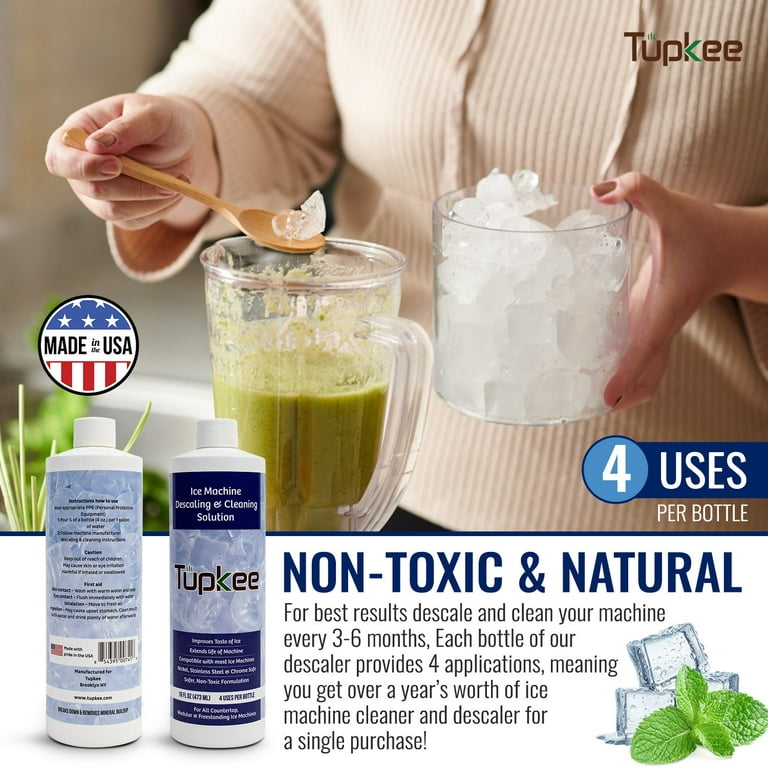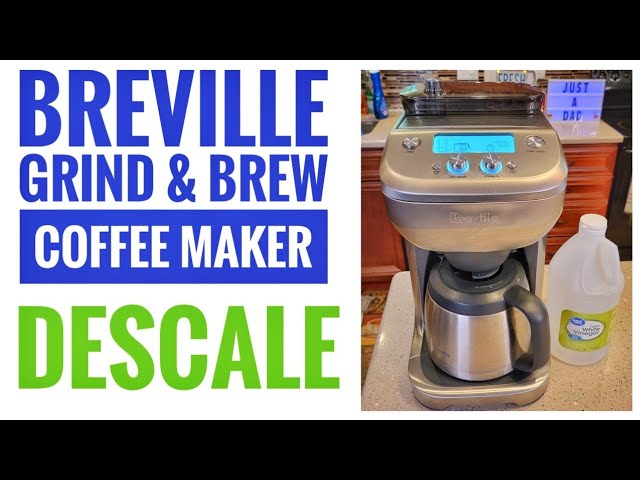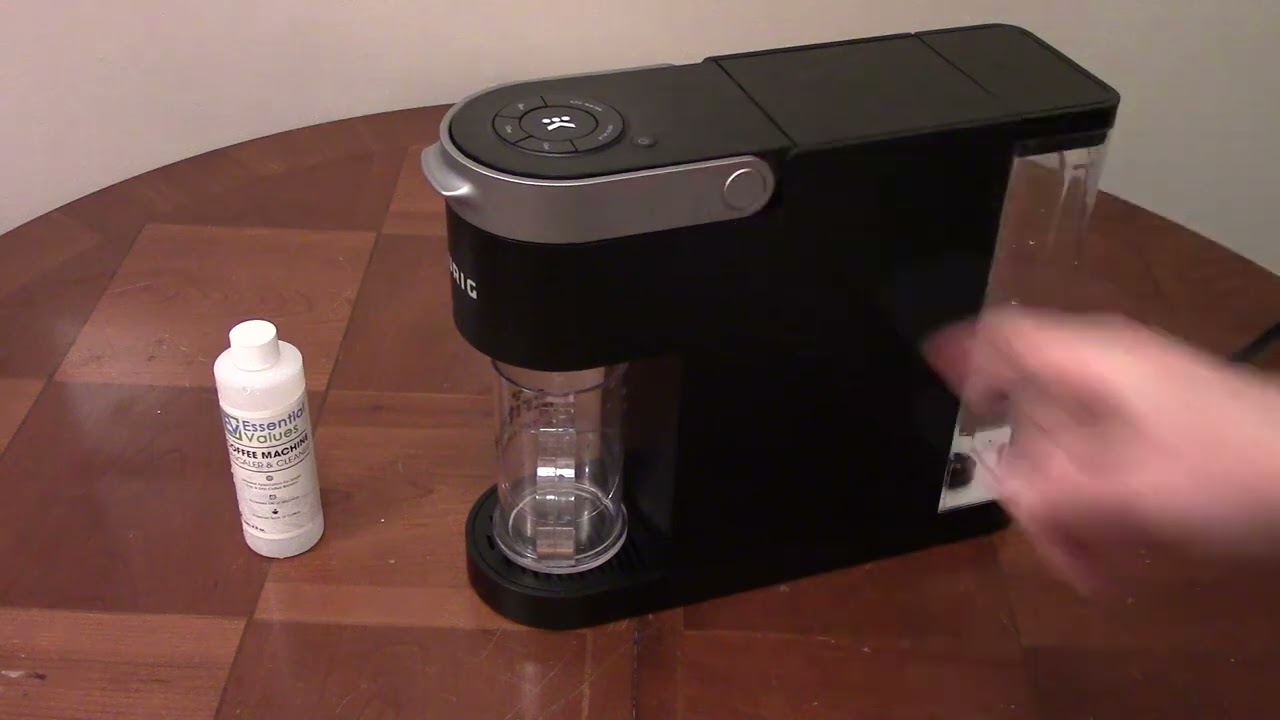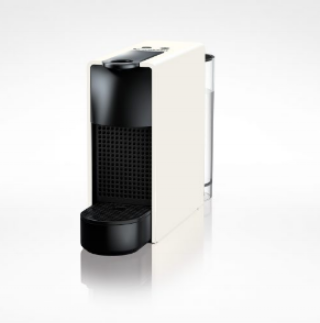How to Descale Your Electric Kettle
Purchasing products via the links in our article may result in us earning a commission, but rest assured, this does not influence our editorial independence.
Electric kettles are an essential kitchen appliance that makes boiling water convenient and quick. However, mineral buildup can occur over time, affecting the performance and taste of your beverages. In this guide, we’ll provide you with the steps to safely and effectively descale your electric kettle.
Descaling your electric kettle might sound like a daunting task, but with the right tools and guidance, it’s a simple process that will ensure your kettle operates efficiently and produces delicious tasting drinks. So, let’s dive into the steps for descaling your electric kettle.
What is Mineral Buildup?
Mineral buildup, also known as limescale, is a common problem caused by hard water. When you fill your kettle with hard water, minerals such as calcium and magnesium deposit on the heating element of the kettle. Over time, this buildup can affect the taste of your drinks and cause the kettle to operate less efficiently.
If you see white or grayish flakes or discoloration inside your kettle, it’s likely that mineral buildup has occurred. This is a sign that your kettle needs to be descaled.
How Often Should You Descale Your Electric Kettle?
The frequency of descaling your electric kettle will depend on how hard your water is and how often you use your kettle. A general guideline is to descale your kettle every three months. However, if you notice a significant buildup or change in taste, you might need to descale more frequently.
Materials You Will Need
Before you start descaling your electric kettle, gather the following materials:
- White vinegar or citric acid
- Water
- Soft-bristled brush or sponge
- Microfiber cloth
White vinegar is a cost-effective and safe descaling agent that can easily be found in most households. Citric acid is another excellent option that is readily available in supermarkets.
Step-by-Step Instructions for Descaling Your Electric Kettle
Follow these simple steps to descale your electric kettle:
- Fill the kettle with equal parts water and white vinegar or citric acid solution.
- Place the kettle on the stove and bring the mixture to a boil.
- Let the mixture sit in the kettle for 15-20 minutes.
- Pour out the solution and rinse the kettle with clean water.
- Use a soft-bristled brush or sponge to scrub away any remaining buildup.
- Rinse the kettle thoroughly with clean water.
- Wipe the kettle dry with a microfiber cloth.
Tips for Preventing Mineral Buildup
Preventing mineral buildup is easier than dealing with it after it has occurred. Here are some tips to prevent mineral buildup in your electric kettle:
- Use filtered or soft water.
- Regularly clean your kettle with soap and water.
- Use a descaling solution once a month.
Conclusion
Descaling your electric kettle is a fundamental task in maintaining its performance and prolonging its lifespan. With the right materials and instructions, descaling your electric kettle is a simple task that you can easily do at home. Remember to descale your electric kettle every three months, use filtered or soft water, and clean it regularly to prevent mineral buildup.
FAQs
How do I know if my electric kettle needs to be descaled?
If you see white or grayish flakes or discoloration inside your kettle, it’s a sign that mineral buildup has occurred, and your kettle needs to be descaled.
Is it safe to use my electric kettle after descaling?
Yes, it is safe to use your electric kettle after descaling. However, make sure you rinse it thoroughly with clean water to remove any descaling solution residue.
Can I use apple cider vinegar instead of white vinegar?
Although white vinegar is a more commonly used descaling agent, apple cider vinegar can be used as an alternative. However, make sure to dilute it before using it as a descaling solution.
How long does it take to descale an electric kettle?
Descaling an electric kettle takes approximately 30-40 minutes, including the time for the solution to sit in the kettle.
Sarah Johnson
Sarah Johnson is a home appliance expert with over 10 years of experience in the field. She has a deep understanding of descaling solutions and the importance of maintaining home appliances. She has a passion for helping others keep their appliances in top condition through her writing




